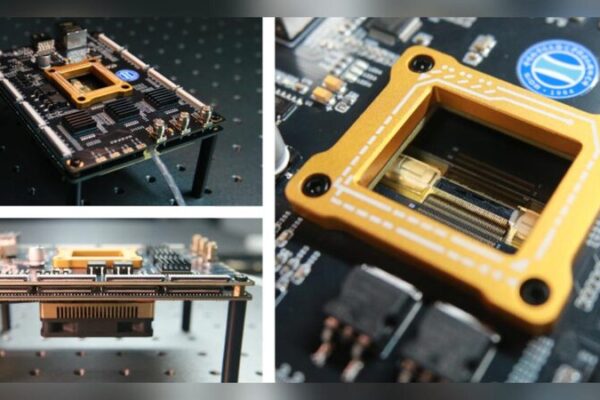Arm Holdings, a leading chip design company, expects its share of the global data center CPU market to soar to 50% by the end of next year, up from around 15% currently. The surge is driven by the rapid growth of artificial intelligence (AI), according to Mohamed Awad, Arm’s infrastructure chief.
Arm’s CPUs are often used as the “host” chip in AI computing systems, acting as traffic controllers for other AI chips. Tech giants like Nvidia utilize Arm-based chips, such as the Grace processor, in their advanced AI systems.
“We’ve reached a point where software is being developed for Arm first and foremost,” said Awad. This shift has made Arm’s technology more appealing to cloud computing companies, especially as AI data centers consume vast amounts of electricity. Arm’s chips offer lower power consumption compared to rivals like Intel and Advanced Micro Devices (AMD).
Arm, headquartered in the UK and majority-owned by Japan’s SoftBank Group, doesn’t manufacture chips itself. Instead, it provides the fundamental building blocks and intellectual property to companies like Apple, Amazon, and Nvidia, who design their own chips for smartphones, laptops, and data centers.
The company generates revenue through licensing its technology and collecting royalties on each chip sold. Despite struggling to break into the lucrative data center market for nearly two decades—largely due to the dominance of x86 chips from Intel and AMD—Arm is now seeing significant adoption of its technology.
Amazon has designed in-house data center CPUs using Arm’s tech, which accounted for more than half of the capacity for chips it added over the last two years. Similarly, Alphabet’s Google and Microsoft have begun developing Arm-based data center chips, signaling a broader industry shift.
Reference(s):
Arm expects to corner 50% share of data center CPU sales this year
cgtn.com








